Remember the goal, eliminate what is unnecessary. #cvsc #raisethebar #bebetter
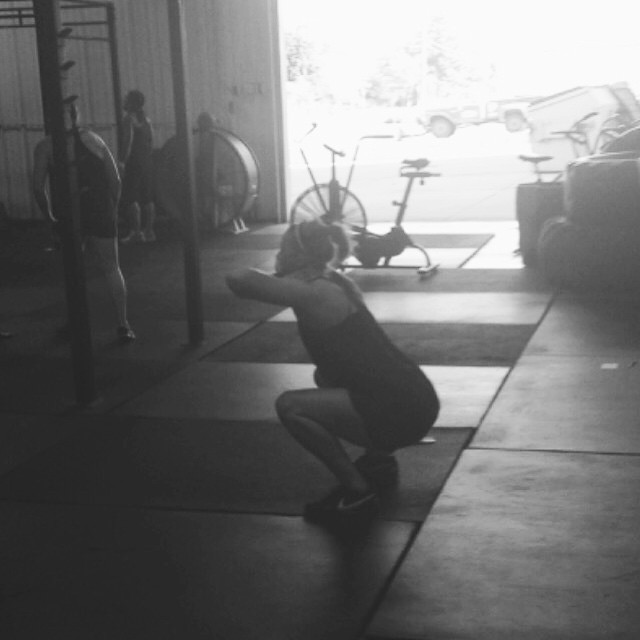

Established in 2008, CVSC is Cache Valley’s premier training facility with services ranging from personal training, program design, athletic team conditioning, HyperFit group classes and more.

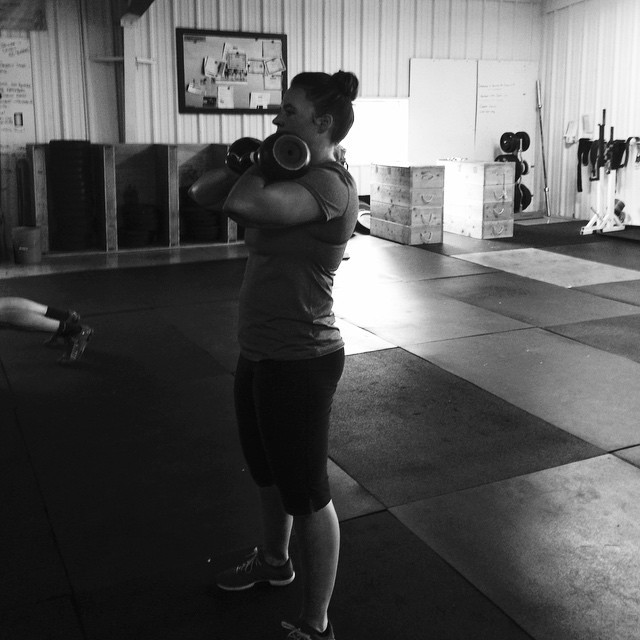
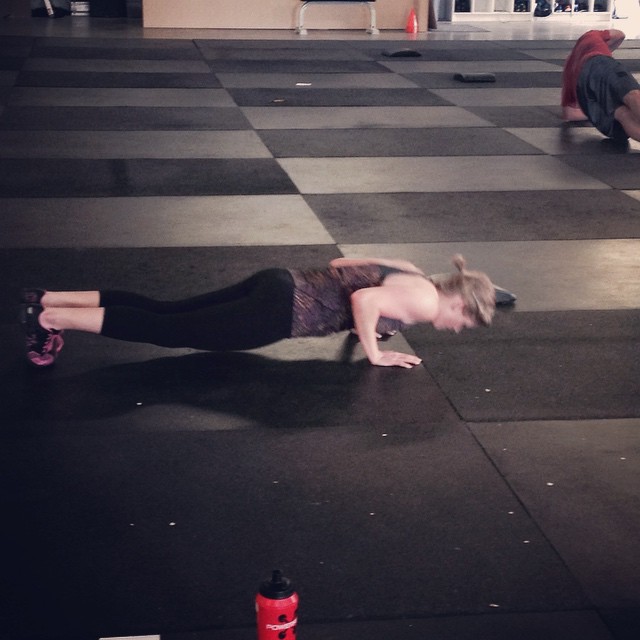
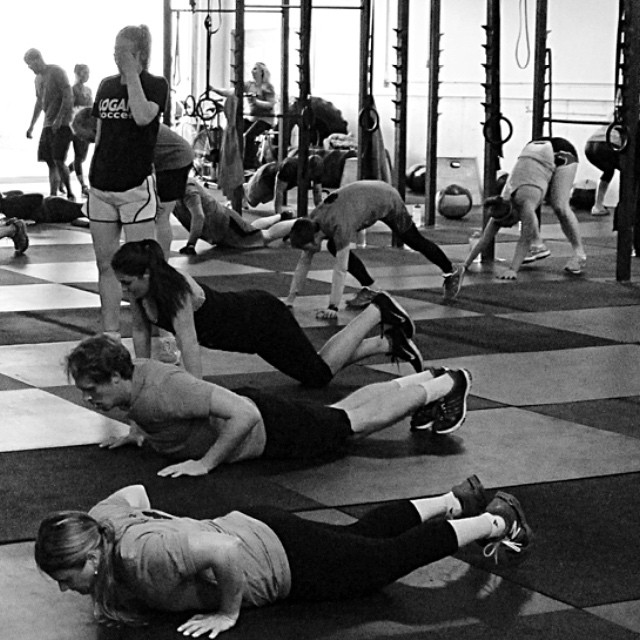
At CVSC we pride ourselves in thoughtful, progressive programming that is meant to enable athletes to have meaningful exercise and measurable progress. This means that sometimes you'll see a workout you've done recently pop up again or movements vary in weight or intensity over a course of time. These are tell-tell signs of programming. As in, planning daily workouts around a long-term goal. Not just picking what sounds fun or brutal for the occasion. As an athlete that means that if you follow the programming & show up consistently, you can expect to see the progress intended. Keeping a log book and following the workouts are great ways to see progress. Here's an excerpt from a Breaking Muscle on the danger of poorly programmed gyms and cherry-picking athletes. Cherry-Picking and Birthday WODs: How to Stop the Madness
"Any time you cherry-pick your workouts, you are engaging in random, rather than constantly varied training. When you pull up tomorrow’s WOD on the gym website, see “5K run,” and opt to go down to a competing box to get a better ass-kicker, you are subverting your own progress. Presumably, the run is programmed by your coach for a reason, and if you opt out because you can’t stand running and would rather do something fun, your training has just become less effective.
When programmed correctly, you should be able to pull back to a bird’s-eye view and see a logical progression of like-kind and quality training sessions. Today may be a 5km run, but over the course of twelve weeks, you may notice that every Tuesday, there is some work toward better endurance.
What you see is a slow, but intentional upward progression. This should be supplemented by short aerobic power pieces, lactic endurance pieces, and other training during your week. But imagine if you look at the workout every Tuesday and think ,“Meh! Running again!” and just head on down to a competitors gym for “Double Grace.” Two things are happening:
Read the Full Article HERE
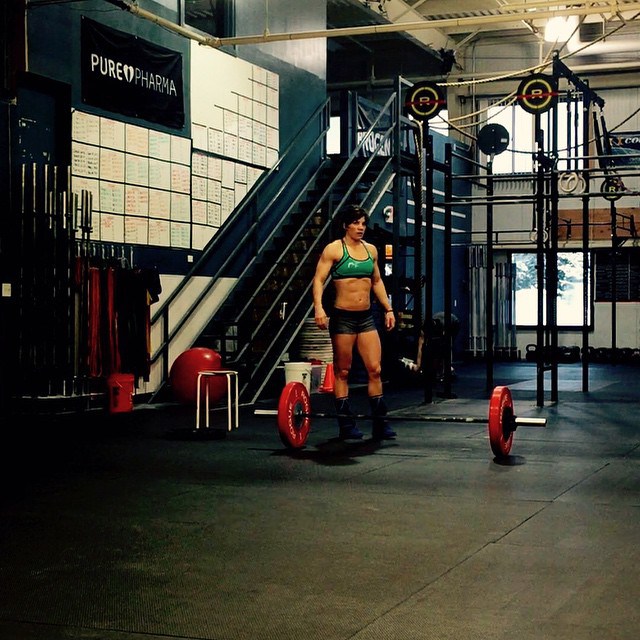
"I think it’s time we stop dancing around the topic of getting “bulky” as a woman who lifts.
Saying “lifting weights won’t make a woman bulky” is downplaying the hard work and dedication it takes to be strong. It’s downplaying all those who aspire to build “bulk” (muscle) and strive for their own personal perception of being fit.
In the simplest terms, muscle is what people are referring to when they talk about bulk. Want to be “toned?” You want lean arms? That’s “bulk.” You want flat abs? That’s technically “bulk” too. There is nothing wrong with putting on muscle, whether you’re a woman or a man.

Frankly, looking how you want to look comes down to work—very hard work. For a long time. The kind of work you are proud of. The kind of work you are not sorry or insecure about. The kind of work that surrounds you with people of character – people of substance and determination. In that sense, lifting weights acts as a filter for me. Lifting allows me to surround myself with supportive people who acknowledge and appreciate hard work—like-minded people who are strong physically and mentally too.
I assume some of these friends of mine think I am attractive, or look good. Although that’s nice, I do not do it for them, or for that reason; I do it for me, because I love to move heavy ass weight, and I think it’s time for people to realize that there’s more to being fit than looking good."
Read the complete article here: You Will Get Bulky
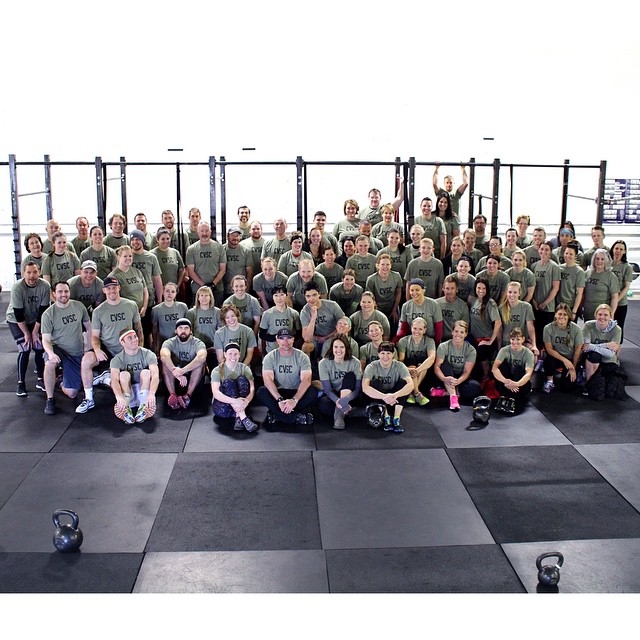

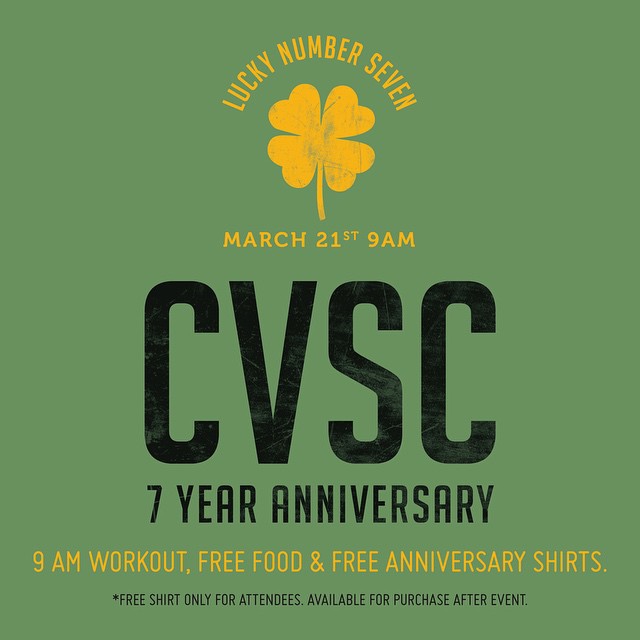

Perfectionism: When Beautiful Isn’t Beautiful Enough | Arnold Schwarzenegger.

Coming from Schwarzenegger.com and written by Rob Sulaver, comes a post that really hits home on the values behind self-improvement & motivations. I highly recommend you click over and read the full piece there, but here's a few key points that stood out. He addresses the universal discontent with our bodies, no matter which state they are in.
"Nobody is satisfied with their body anymore. Literally. Nobody. Okay, that’s not true. I’m sure there are some people who are completely, whole-heartedly pleased with their reflection in the mirror. I’ve just never met them... And it’s not just girls. And it’s not just the overweight. We are all, to some degree, convinced that our body is underachieving.
Now let’s not confuse the issue here; there’s absolutely nothing wrong with the pursuit of “better”. Better is awesome. It’s well documented that progress is closely related to happiness; our general sense of well-being has a stronger relationship with our trajectory in life than our station. ...It’s the direction that matters most. We need to make progress. We should make progress. Progress is delightful."
He goes on to discuss the standards of perfection that are unrealistically portrayed through media, via photoshop. But rather than villanizing the magazines, he addresses the root cause of our discontent.
"Because if we’re honest, this isn’t a war on photoshop, this isn’t a war on consumerism, and this isn’t a war on glossy magazine ads....It’s not about the ad.
This battlefront is waged within each and every one of us, individually. At the end of the day, at the end of the commercial, at the end of the magazine, nobody can make us feel inferior about our body without our permission. The best way to change the ecosystem is to change our own psychology. We have the fundamental, inalienable right to look at a photoshopped god-like body and appreciate it while simultaneously cherishing our own body.
We don’t have to look like the manifestation of human perfection to be kind to ourselves."
And maybe my favorite point of the entire piece comes at the end, where he addresses the real need for most of American to actually lose weight and get healthy, not to feel good about themselves, but because their life & sense of self are intertwined to goal setting & achieving.
"If we say we’re going to do something and constantly disappoint ourselves, we come to think of ourselves as a loser. “I wanted to, but I didn’t.”
If we say we’re going to do something and we constantly deliver, we come to think of ourselves as a winner. “I wanted to, AND I DID.”
The goal-setting / goal-achieving cycle is at the foundation of successful living. All of our choices make us either more or less confident in the courage of own convictions. This is the virtuous cycle. The story of winning:
I see. I want. I grind. I get.
Or, if we’re being a little more realistic:
I see. I want. I grind. I don’t get. I grind again. I fail again. I fail better. I don’t stop grinding. I don’t stop smiling. I get.
This cycle will come to define our legacy. The accomplishment of our health and fitness goals is quite literally the training ground for the accomplishment of our life goals."
Read the full article hereto get the full unabridged awesomeness.
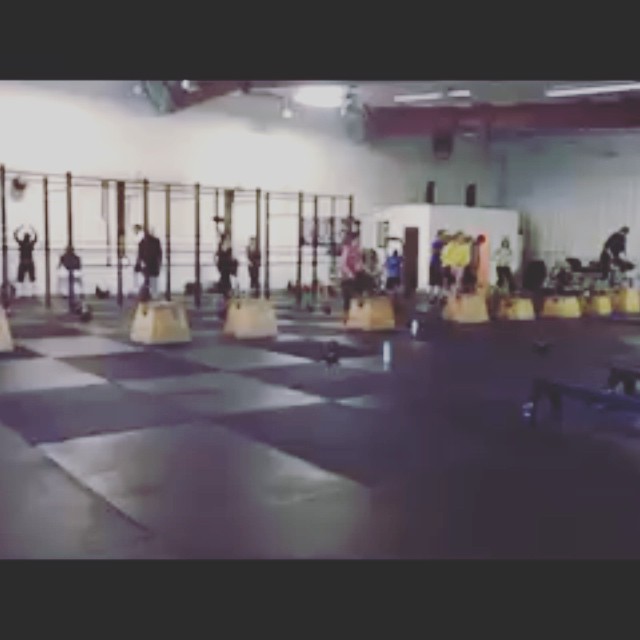


Today we have an extra-special post. Dedicated to the one and only - Brad Thorne, founder, owner & head coach at CVSC. As we approach the gym's 7 year anniversary this month & celebrate Brad's big 4-0 today, we want to do a post sharing stories & thoughts about Brad from past and present CVSC trainers. Like a little CVSC yearbook signing for our favorite guy. Be sure to embarrass BT with a few nice words today, he's getting sentimental in his old age. ----------------------------------------------------
Brad is one of the few gym owners that truly cares about people's fitness. In a field where it's easy to look the other way and tell people to go faster, he never would! He gets the big picture! He is a programming genius. That's why he has the best gym around. I'm so glad he took a chance with me, and welcomed us (Shasty and I) into the CVSC family! Happy Birthday!
-Blake Womack
I don't have a single experience in mind, but rather an appreciation for the man. I think all of us that stick around enjoy his dry humor and the smirks that ensue. The best experience I have had with Brad is not singular, but rather this WHOLE experience I am now living. He took me in as a arrogant 20 year old and has given me the opportunity to now make a living off coaching, and to do it the right way. Rarely do I go into the gym and not learn something daily; whether it's spoken or observed.
Thanks for everything Brad and Happy Birthday.
-Darren Hansen
Words I would use to describe Brad: Caring, passionate, Fun-loving, funny, and dedicated! From the first day I met Brad I knew he'd be a part of my life forever. His easy going nature mixed with his passion for helping others just draws people to him. You can't help but love'em. I have so many great memories of Brad from the first time he dressed up for Halloween (he he he), to the "back" WODs at the gym down the street to comp WODs in the current gym. He's always been there pushing us to work harder, move faster and have fun. Thank you Brad for always being there for us! I hope you have a wonderful Birthday!!!
-Tara Alder
My first experience with BT happened to be the first time I signed up for the open. I was this little college kid that was new to CrossFit and the only person I knew was Whatcott. We met at CVSC to accomplish the task of 7 minutes of burpees. I am not the kind of person who throws themselves out there to meet new people… aka I am shy. Just like others have said I was slightly intimidated by BT because he holds himself with confidence and was a living person of who I would like to become (an accomplished business man, who impacts everyone around him). Oh and my second encounter with BT was again during the open, but this time I was judging him and was beyond nervous to even say "no rep". As my experience in Logan has progressed I became friends with BT and look up to him as a mentor and I always will. Without the help and guidance of BT; I would not be in the position I am in with starting a gym in Salt Lake City. There are some core values that I have been taught that will never leave me and have helped shaped me as an individual/coach/athlete. Some of the best advice BT has given me is to come to class and be in the best mood possible even if your day has been shitty… Clients are coming to you and enjoy seeing you and it is your job to make their days better. I am extremely great full for BT and truly wish him the best birthday! It is amazing to see how one person can influence so many people. I thank you BT and am excited for what the future has in store for everyone and I will keep gaining knowledge from a brilliant individual.
My first interaction with Brad regarding Crossfit was at ...you guessed it...Starbucks. He was talking with my brother about the new gym he was starting. I tried out my first class about a week later. At first I was so nervous. I thought I was in pretty good shape until Brad had me doing 45# jumping bar squats. Just like Chels said, he had a way of being so encouraging while also being super intimidating. After class he told me he was moving into a warehouse and I should check it out then. My first day at the "box" was a memorable one. I've never seen anyone so dedicated and passionate about their "job". He worked from 5:30 in the morning until 8:30 at night. For that first year it was only Brad. I had never had so much fun working out. Brad created an environment that was challenging, intimidating and so amazingly rewarding. He has changed so so many lives, including mine. I truly count him as one of my best friends. Happy Birthday Brad!!! The best is yet to come!!!
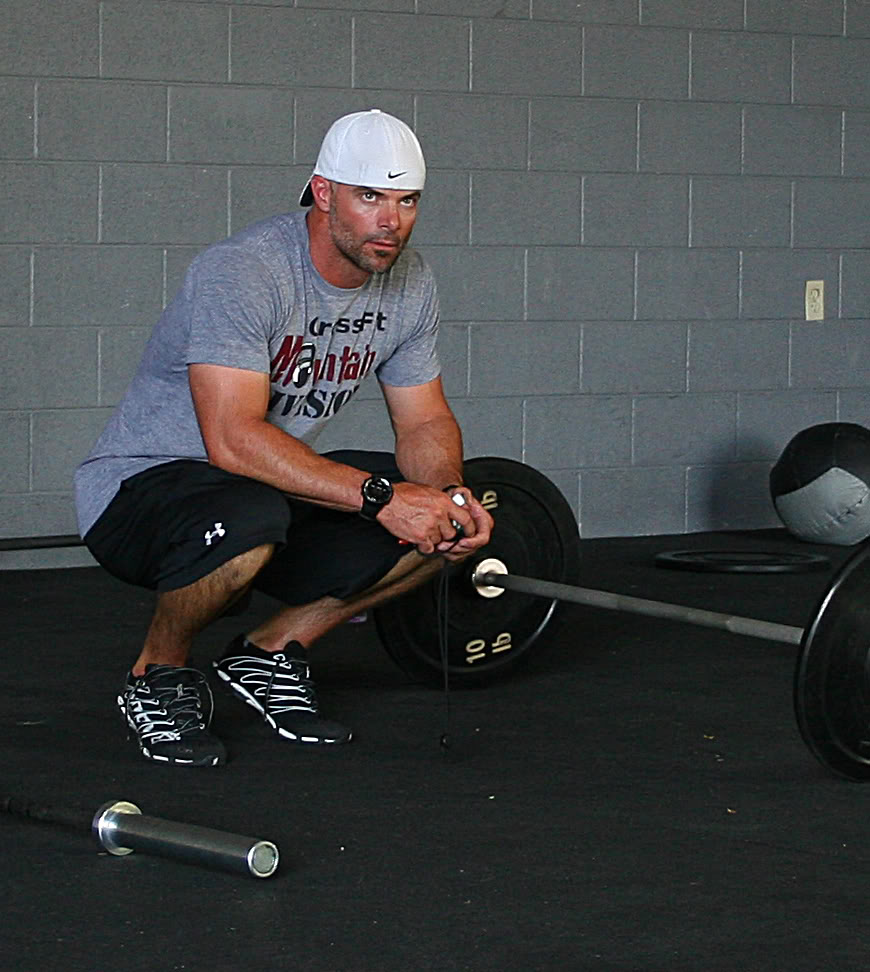
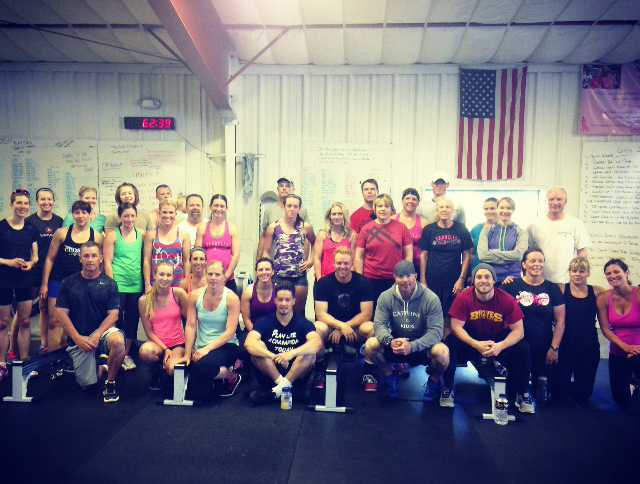

Excerpt from Dynamic Nutrition's post:From Paleo To Doughnuts, & the Truth In The Middle
"When I first started noticing the CrossFit craze about 4-5 years ago, it seemed like everyone in the community was eating “Paleo.” Time went on, and it seemed that more and more athletes were switching from Paleo to Zone, or even better – they were “zoning paleo.”
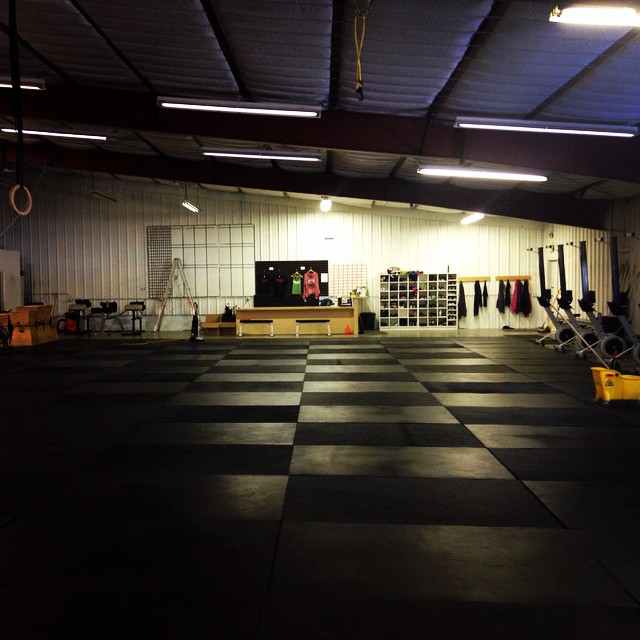

An inspiring repost from Sherry Stirling of FitmaniforLife.com
I have in my desk drawer a few redwood tree cones. Did you know that even though the redwood is the tallest and most majestic of trees the cone is small, about the size of a thimble? I keep these cones because they remind me of human potential. Like the cone we start small but have within us the power to be majestic. What separates us from the redwood cone is that the cone is dependent on the conditions being just right where they fall in order to become a mighty redwood. People, regardless of where they fall, can choose what they become. Most redwood cones crumble in the ground without reaching their grand potential. It’s inevitable. But why do so many people settle for so little when they can choose?
“Everything can be taken from a man but one thing: the last of the human freedoms—to choose one’s attitude in any given set of circumstances, to choose one’s own way.” Viktor Frankl
We must stop waiting for the perfect circumstances to arrive, the big raise, Mr/Mrs Perfect, that upcoming cruise, or some arbitrary deadline. Good things come to those that work their butts off.
"We are all on the road to somewhere and the destination is inevitable. The trick is to know that the road we are on is taking us to the place we want to go. The crop we reap is dependent on the seeds we sow today. It is the daily practices that build the exceptional life."
What daily practices of yours fit into your grand plan? Which ones don't?
Read the full post here : INEVITABILITY

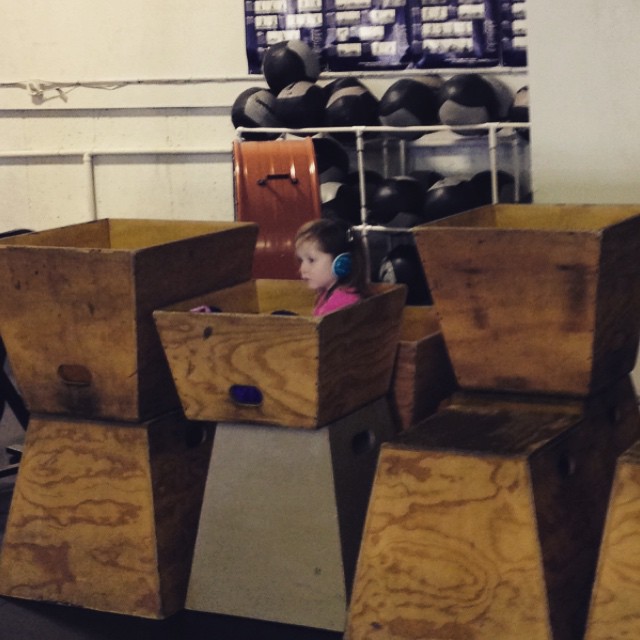
Why Barbells Are Better Than Machines | The Art of Manliness.
Here's a guest post on The Art of Manliness by Mark Rippetoe (if you are unaware he is an American strength training coach and author of Starting Strength, among several other fitness-related pieces).
"When a man walks into a gym, he may be confused about where to spend his time — in the section full of gleaming, easy-to-figure-out machines, or over by the barbells, where he might be more intimidated both by how to use them, and the kind of guys who are gathered there.
Let’s just clear it up right here: barbell training is the best way to train for strength. Bar none. Nothing else even comes close to the effectiveness of barbell squats, presses, deadlifts, and the Olympic lifts for the development of strength, power, and muscular size. The reason barbells are so very valuable is that they are the most ergonomically-friendly load-handling tool in existence – they allow very heavy weights to be gripped in the hands and moved directly over the center of the foot. Their extremely adjustable nature allows small increases in stress to be applied to the whole body over the full range of motion of all your major leverage systems; these small increases accumulate into amazing gains in size and strength for many uninterrupted years of progress.
A long time ago, gyms were equipped with barbells. And that was pretty much what you went to a gym to use – a steel bar and iron plates that were added to increase the weight. "
But then something happened just a few decades ago that changes the way a typical gym worked.
"An alternative to this perfectly logical approach to getting stronger was developed from some odds and ends that were floating around in gyms owned by guys who could weld: exercise machines that worked a few isolated muscles at a time. Simple versions have been in use for decades, and old photos of leg extension and leg curl machines can be found in magazines from the 50s and 60s.
In the middle 1970s, Arthur Jones began marketing his line of Nautilus machines to health clubs, sports teams, high schools, colleges and universities, and everybody else on the planet. Within a couple of years, he’d sold about $300 quadrillion dollars worth of the beautifully welded, beautifully designed electric-blue machines, 12 pieces at a time. Nautilus revolutionized the health club industry, establishing the concept of the modern gym, like the one you’re probably a member of with sales offices in the front, a huge roomful of shiny machines in the back, and several employees roaming the floor."
But this revolution didn't work. Despite all the promises, marketing and ease-of-use, machines couldn't replace the barbell.
"When one is “strong” one’s entire body is strong, not just one's quadriceps, or biceps, or triceps. Machines have never formed the basis of the competitive strength athlete's program, because they lack the barbell's capacity for long-term progress: you cannot increase the weight on a leg extension for years, like you can a deadlift, because muscles do not normally work in isolation from all the other muscles in the area.
Since your body as a whole can move heavier loads than individual muscles, strength training using barbells applies much more stress to the system — in a good way — than a machine which is only working one isolated muscle group at a time. "
In short, machines can strengthen and build isolated muscles, but for strength gains, the ultimate goal of all training, they cannot surpass the effectiveness that come with barbell training, especially in compound lifts (deadlifts, squats, olympic lifts, etc).
Click here to read the full article.
or here to read more Barbell training at Starting Strength